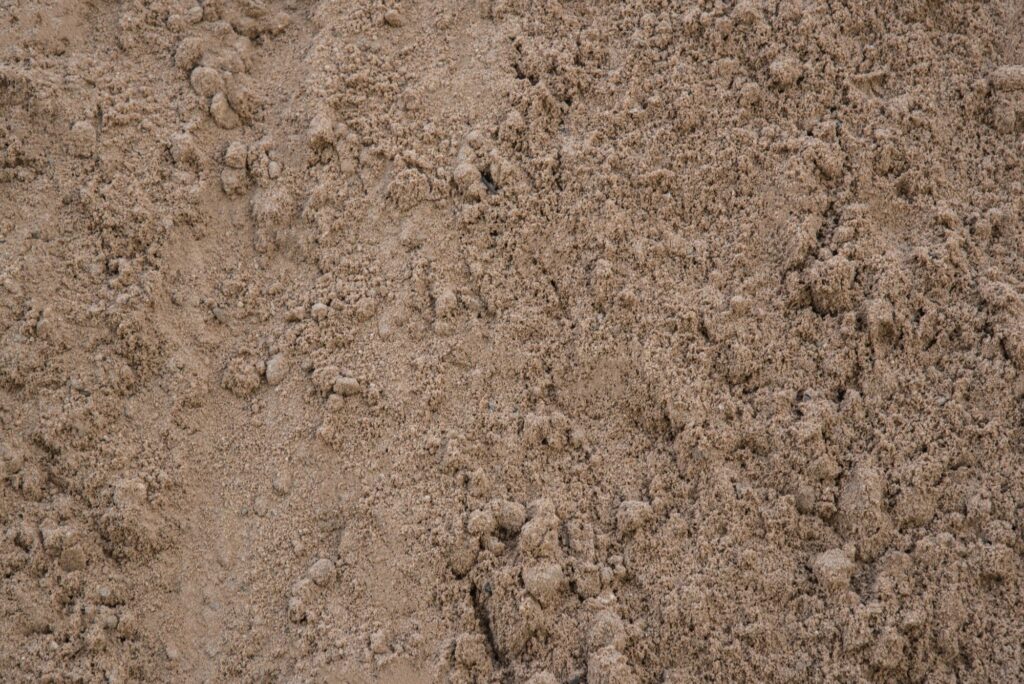Durability is a crucial factor in sustainable construction, helping to ensure that buildings keep their original purpose in mind in the long run. Insufficient durability can result in substantial repair and reconstruction costs along with environmental impact.
Durability also helps reduce cost of maintenance by cutting down on unplanned breakdowns of equipment. This is essential for equipment that is heavy, such as cranes.

Very Important
One of the primary factors in building performance is how well construction material and structures resist decay. The durability of buildings can be affected by a number of factors including the choice of raw materials, quality assurance, the design, as well as maintenance.
Concrete, for instance, and steel are highly durable building materials which are resistant to the natural aging process that occurs to the components they are made of over time. They can also be repurposed over the lifetime of the building. This is one of the most important aspects of sustainability.
Low maintenance and durability is often a synonym. For example, a concrete structure requires little maintenance over the course of its life span compared to wooden structures that might require periodic repainting. It is important to consider the durability of buildings since they are able to reduce the annualized environmental impacts.
Factors Influencing Material Longevity
Numerous factors influence the longevity of construction materials. It’s challenging to figure out the exact lifespan of the structure based on the material it was constructed from without a detailed specification and specifications, however buildings with high durability can last 30 or more years before the need for major repairs is required.
The durability of a building is determined by the choice quality and durability of the construction materials, as well as meticulous construction techniques. Concrete is an excellent model of a building material da 1×2 that is incredibly durable when properly formulated, placed and set. Security measures such as impressed current cathodic shielding can also extend the lifetime of steel and reinforced concrete products.
It is typically a sign of strength. The term “durability” is frequently associated with low maintenance. As an example, siding that requires regular painting will not last as long as window frames constructed of pultruded fiberglass that need little to no care to continue to function.
What can be done to increase the durability of material
Durable construction materials are ideal for any project, whether you are building an ultra-high-rise building or crafting furniture. However, maximizing product durability is a matter of careful planning and precise execution. These are a few strategies to increase the durability of your product:
Incorporating durable design features within products from the very beginning. The modular design allows for replacement of parts and for repair. This extends product life and reduces waste.
Conducting tests on durability in the lab for a better understanding of what problems there are and how you can identify these. The education of the public about endurance to help promote eco-friendly consumption.
Lower operational expenses by reducing returns and maintenance. With the help of durable projects firms can decrease loss, boost inventory and reallocate resources to core business. Long-lasting projects cut down on recurring costs and boost returns on investment. Companies can achieve their financial objectives, as well as continue to achieve long-term growth.
Environmental Impact of Construction Materials
Construction requires many resources, and creates lots of garbage. Chemicals used at the construction site, as well as diesel utilized in diggers, trucks and construction materials all have impacts on the environment.
by spreading the impacts of a building over a longer period, durable buildings help to reduce the environmental impact. Buildings that are durable also require less maintenance which reduces the requirement for new material and energy.
Natural building materials, like timber, cob, straw, rammed soil, and clay are low-impact. They can be found at a nearby location or even on the premises. They’re typically cheaper to make use of and don’t require factories to manufacture them and long transportation distances that are required to transport them at your location. Recycling them also reduces the impact they have on the earth.
Maintenance Practices for Construction Materials
To ensure that construction equipment is safe and operates efficiently the equipment requires periodic maintenance. This involves lubrication in order to decrease wear and friction in addition to calibrating load capacity indicators to ensure that overloading does not result in accidents and costly damage.
Correct maintenance practices greatly affect the longevity of equipment, as well for the investment return in resale or trade-in value. The equipment that has no maintenance is more efficient and will last longer. This helps reduce project time and cost.
The main reason that causes heavy equipment failures is mechanically-induced failure. This can be avoided by performing routine preventive inspections of maintenance. The largest direct cost is caused by expenses of mechanics, equipment downtime and lost efficiency.
